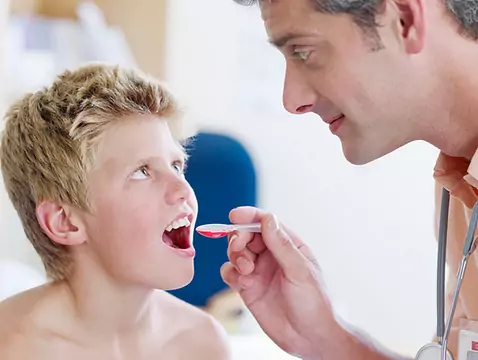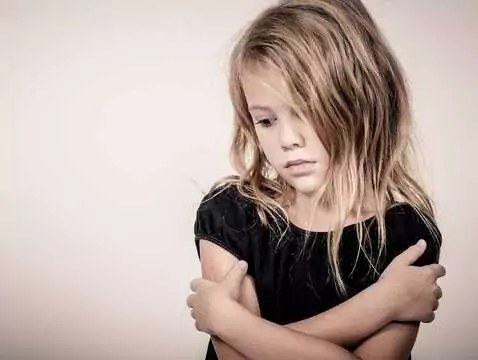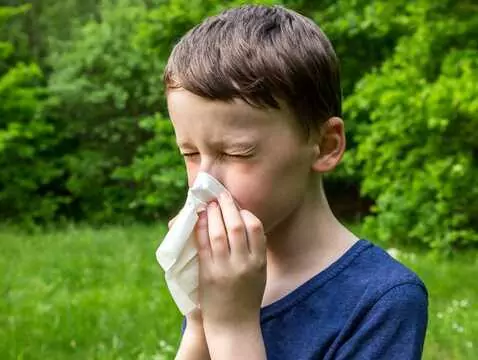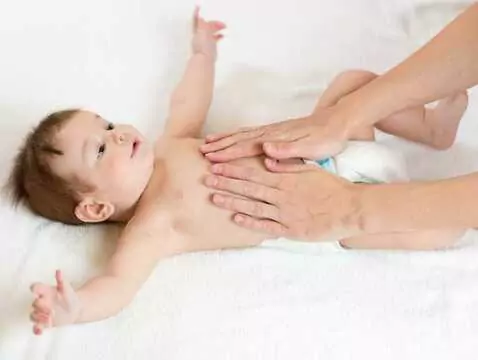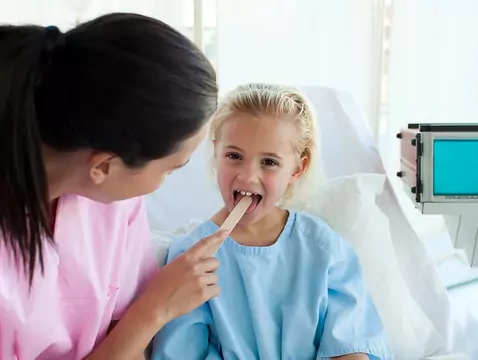Joint pain in children is a cause of much worry for parents, but is also a symptom of many diseases, not only of osteoarticular origin. Joint pain in children is so problematic for the young person that they often present with this symptom to the paediatrician. Is joint pain in a child always a cause for concern?
Ad:





